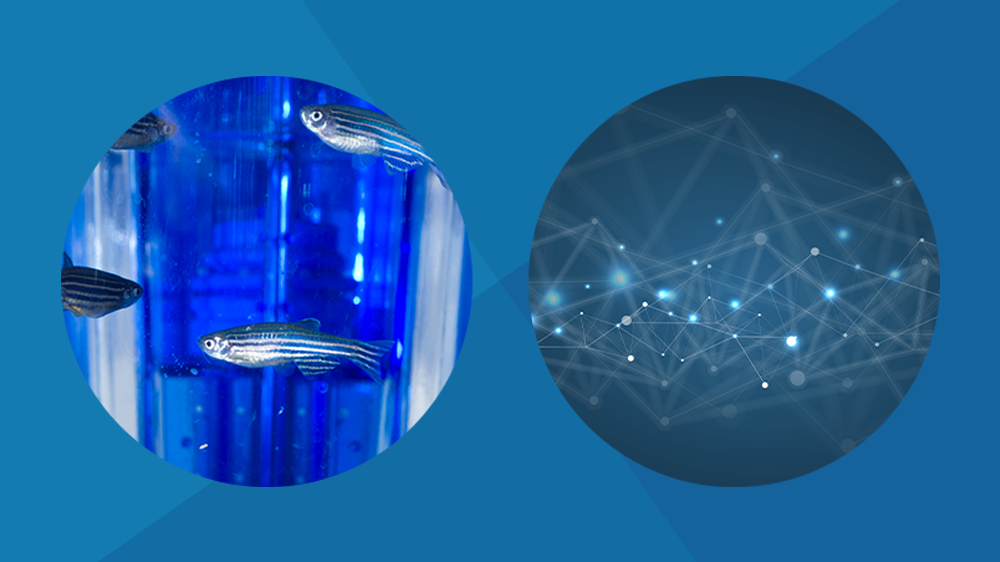2021 CRACK IT Challenges announced

Funding to apply the 3Rs to key areas of animal use in toxicology and environmental risk assessment.
2021 CRACK IT Challenges now open for competition: view the Invitation to Tender for more information about the 2021 CRACK IT Challenges competition.
Funding of up to £3.9 million is available through the 2021 NC3Rs CRACK IT Challenges competition* for UK and EU-based academics and SMEs to develop 3Rs products and services directly targeted to meet end-user needs.
2021 Challenges
The 2021 competition includes two Challenges which cover key areas of animal use in toxicology and environmental risk assessment. Challenges are developed in collaboration with Sponsors who provide in-kind contributions to help solve the Challenge, with the aim of using any product or service developed. Challenges are supported by Partners who provide additional resources such as access to data, end-user networks and regulatory expertise to Challenge winners.
Our first Mega-Challenge represents a leap forward in the size of the problem a Challenge addresses and supports this with increased funding and award duration. The Mega-Challenge is a first for the NC3Rs and in 2021, marks ten years since launching the CRACK IT Challenges programme.
The two Challenges announced today are Sponsored by nine organisations and supported by five Partners from the public sector and industry. Funding for CRACK IT Challenges is provided by the NC3Rs, and this year we have secured co-funding from EPSRC, DEFRA and the Environment Agency.
The Challenges
-
Challenge 40 – Second Species Mega-Challenge: towards a virtual second species in toxicology for drug development
Current regulatory guidelines for medicines usually require safety and tolerability data from two species, a rodent and a non-rodent (e.g. dog). Advances in mathematical modelling, data interrogation and the availability of historical and contemporary dog study data, provide opportunities to develop a virtual dog to model potential toxicities and move towards use of a single (rodent) species for chronic toxicology studies.
This Challenge aims to apply advanced computational and mathematical modelling approaches including Machine Learning, systems biology, systems toxicology and multi-scale modelling to develop a suite of virtual dog tissues and organs to model toxicological endpoints for new medicines. The model developed will provide a tool to start moving towards replacing the use of the dog as a second species in drug development.
The Challenge is sponsored by Bayer AG, Eli Lilly and Company, Genentech Inc., Gilead Sciences Inc., GSK, Merck Healthcare KGaA and Roche, with co-funding from the EPSRC and supported by Challenge Partners eTransafe – Innovative Medicines Initiative (IMI) and Simomics.
3Rs benefits: A typical chronic toxicity study uses 40 dogs and development of a virtual model could reduce or eliminate the need for chronic toxicity studies in the dog during drug development and provide the foundation to develop further in silico models for other test species.
-
Challenge 41 – SAFE: Innovative Safety Assessment of Fish adverse Effects
Environmental risk assessment (ERA) evaluates the likelihood that the environment may be impacted by exposure to one or more chemical stressors and is assessed across three trophic levels with fish used as the vertebrate species when in vivo testing is required. This Challenge aims to develop a suite of innovative, scalable bioassays for key adverse outcome pathways to replace in vivo fish studies in chemical safety screening and regulatory environmental risk assessment.
The Challenge is Sponsored by AstraZeneca, Bayer AG and Unilever, with co-funding from DEFRA and the Environment Agency, supported by Challenge Partners the Health and Safety Executive.
3Rs benefits: In vivo fish studies are often required for regulatory purposes, with approximately 1.3 million procedures conducted between 2015 to 2017, and the majority conducted at moderate severity (e.g. likely to cause short-term moderate pain, suffering or distress for the animals used). Delivery of a reliable, in vitro platform to address chemical safety in fish will reduce the number of in vivo fish studies carried out in early-stage ERA and in the longer term, providing the opportunity to fully replace in vivo animal studies for regulatory purposes.
Interested in applying for one of this year’s Challenges?
For more information about this year's Challenges and how to apply, the launch webinars for each Challenge are available to watch online: Challenge 40 - Virtual Second Species and Challenge 41 - SAFE.
Further information about the CRACK IT Challenges competition process can be found on the NC3Rs Innovation Platform.
*Challenges are run using the Small Business Research Initiative (SBRI) provided by Innovate UK (part of UKRI).
